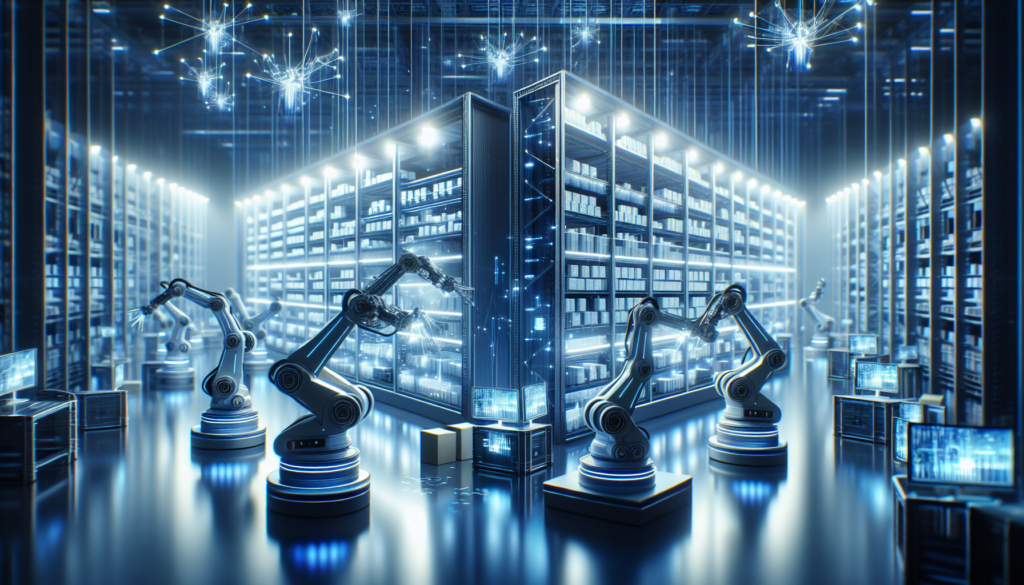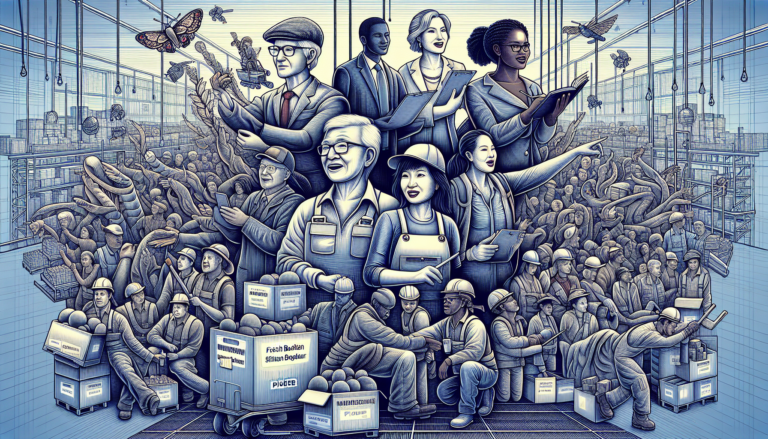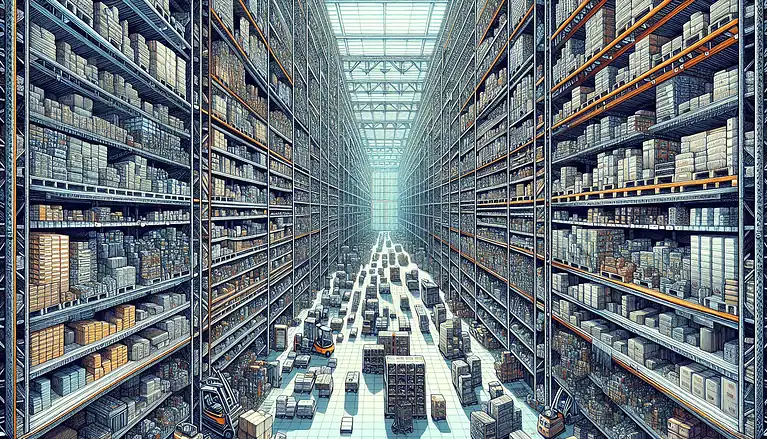AI and the American Worker: What Happens When 20% of Jobs Disappear
Within the next two years, AI job loss could impact one in five American workers.
Not because jobs are being outsourced or offshored — but because they’re being automated.
Artificial intelligence is already designing in AutoCAD, auditing invoices, planning supply chains, and managing warehouse operations faster than humans ever could. The tools are getting smarter, the costs are dropping, and the definition of work is changing faster than anyone expected.
But this story isn’t really about job loss — it’s about leadership responsibility in the age of intelligent machines.

The Collision Phase
We’ve seen automation for decades. But this wave is different.
AI isn’t replacing hands; it’s replacing judgment.
From finance teams and planners to engineers and coordinators, the middle layers of business are compressing.
One person with a copilot now does the work of three.
Processes that once required teams are becoming lines of code.
The result is a short-term shock that few companies are ready to handle.
Efficiency will rise. Costs will fall.
But morale will dip, uncertainty will spread, and trust in leadership will be tested like never before.
The Short-Term Shock
The first wave of displacement won’t look like pink slips — it’ll look like silence.
Meetings will get smaller. Emails fewer. Job postings are slower.
People will sense it before they see it.
They’ll feel the ground shifting beneath their feet and wonder if their skills still matter.
And if leaders don’t step forward to explain what’s happening — with honesty and empathy — they’ll lose the very trust they’ll need to rebuild.
The Re-Skill Divide
Three years from now, the workforce will split into two groups:
those who use AI, and those who are used by it.
Workers who learn how to direct, train, and interpret AI will multiply their value.
They’ll become the translators between human intuition and machine execution — the new “connective tissue” of modern business.
Everyone else will wait for retraining programs that move more slowly than the technology they’re supposed to catch up with.
The divide won’t be about intelligence.
It’ll be about adaptation.
The Reindustrialization of Creativity
Ironically, as AI takes over knowledge work, it’s re-humanizing creativity.
When productivity becomes infinite, the scarce resource becomes judgment, taste, and purpose.
People who can frame problems, tell stories, and inspire teams will rise in value.
The engineer who can communicate, the manager who can teach, the leader who can calm — these will be the skills that define the next decade.
Machines will do the work.
Leaders will remind us why it matters.
The Economic Rebalance
AI will make the economy more productive — but less evenly distributed.
Corporate profits will rise. Employment ratios will fall.
The middle class will feel the squeeze long before economists report it.
We’ll see a new policy debate emerge:
Should we tax AI productivity?
Should workers share in the value of automation savings?
Should there be a baseline income for a society where machines do 30% of the labor?
Those answers will take years. But leadership can’t wait that long.
The Leadership Mandate
This moment calls for a new kind of leader — one fluent in both human and machine.
Leaders who can translate fear into strategy.
Who can guide teams through disruption instead of protecting them from it.
Those who see AI not as competition, but as a collaborator.
Because the hardest part of this shift won’t be technology — it’ll be trust.
People will follow leaders who are present during change, not just effective after it.
Director’s Cut: The Bottom Line
This isn’t the end of work.
It’s the end of pretending work won’t change.
If 20% of jobs disappear, leadership’s job is to make sure 100% of people still have purpose.
The leaders who succeed won’t be the ones who resist AI — they’ll be the ones who help their teams rise with it.
External Authority Links
FAQ Section
Q: Will AI really replace 20% of jobs in the next two years?
A: Studies from Goldman Sachs, WEF, and McKinsey all forecast significant automation-driven job impact by 2026. The scale will depend on how quickly industries adopt AI securely and effectively.
Q: What should workers do right now?
A: Learn to use AI tools as collaborators, not competitors. Those who can direct and interpret AI output will become indispensable.
Q: How can leaders prepare?
A: Communicate openly, retrain early, and create roles that merge human judgment with machine precision. Leadership is no longer about managing; it’s about adapting.



